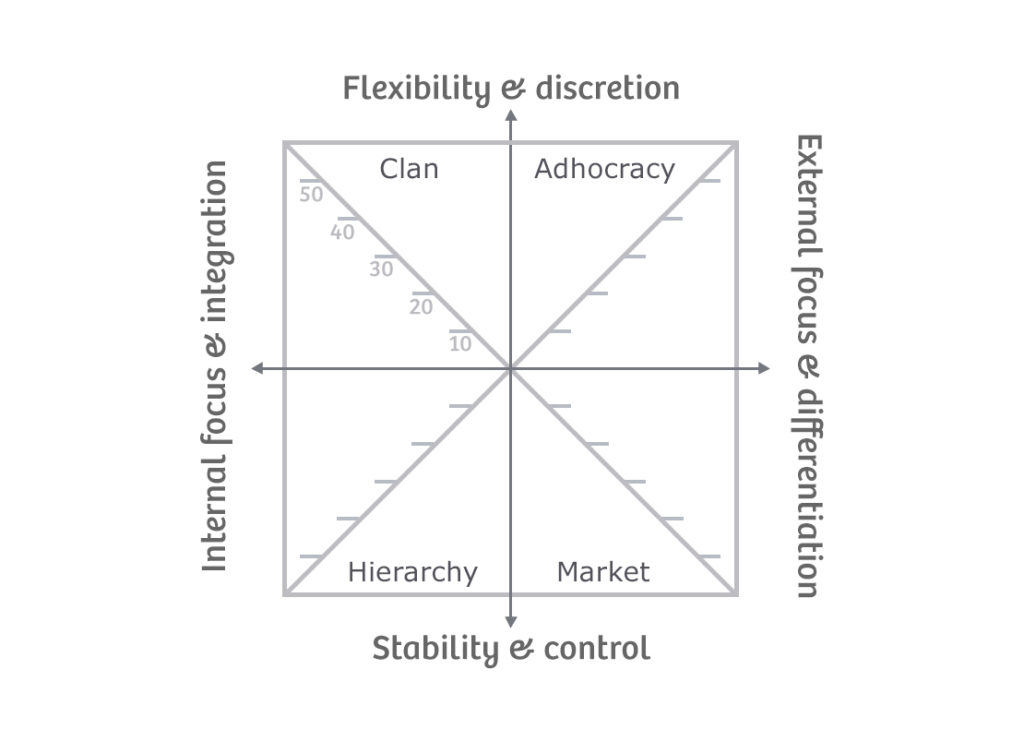What It Is:
The OCAI Competing Values Framework (OCAI stands for Organizational Culture Assessment Instrument) is a model for understanding organizational culture. It was developed by Cameron and Quinn in the 1980s. The model is based on the idea that every organization has a dominant culture that can be identified along two axes:
- Flexibility vs. Stability:
- This axis represents the organization’s preference for flexibility, innovation, and change versus stability, control, and order.
- Internal Focus vs. External Focus:
- This axis represents whether the organization primarily focuses on its internal dynamics and integration or on external factors and relationships.
Four Culture Types in the Competing Values Framework:
- Clan Culture (Collaborate):
- Emphasis on flexibility and internal focus. This culture is characterized by a friendly, collaborative, and team-oriented environment.
- Adhocracy Culture (Create):
- Emphasis on flexibility and external focus. This culture is dynamic, entrepreneurial, and values innovation and risk-taking.
- Hierarchy Culture (Control):
- Emphasis on stability and internal focus. This culture values structure, control, and efficiency.
- Market Culture (Compete):
- Emphasis on stability and external focus. This culture is results-oriented, competitive, and focused on achieving goals.
How to Use It:
Using Competing Values Framework in Agile Coaching:
- Assessing Current Culture:
- Use the OCAI Competing Values Framework to assess the current culture of the Agile software delivery team or the broader organization. This assessment can provide insights into dominant cultural traits and areas for improvement.
- Aligning Culture with Agile Values:
- Compare the identified culture with the values and principles of Agile methodologies. Identify areas where there is alignment and where there may be cultural elements that hinder Agile adoption.
- Facilitating Culture Change:
- If there is a need for cultural change to better support Agile practices, work with the team to define a desired culture that aligns with Agile values. Develop strategies and initiatives to shift the culture gradually.
- Team Building and Collaboration:
- For teams with a Clan Culture preference, emphasize team building, collaboration, and a supportive working environment. Use Agile ceremonies and practices to reinforce these cultural elements.
- Innovation and Adaptability:
- Teams with an Adhocracy Culture preference may benefit from initiatives that promote innovation, experimentation, and adaptability. Encourage creative problem-solving and continuous improvement.
Understanding the organizational culture using the Competing Values Framework can inform Agile coaches on how to tailor their approach to better align with the existing culture and facilitate positive changes where needed.
References:
- OCAI Online Assessment:
- The official OCAI website provides an online assessment tool for organizations to determine their current culture using the Competing Values Framework. This can be a starting point for Agile coaches to gather data.
- “Diagnosing and Changing Organizational Culture” by Kim S. Cameron and Robert E. Quinn:
- This book, written by the creators of the Competing Values Framework, offers an in-depth exploration of the model and provides practical guidance on diagnosing and changing organizational culture.
- Training and Workshops:
- Explore training programs or workshops on the Competing Values Framework. Some organizations and consultants offer sessions that can deepen your understanding and application of the model.
(Sometimes attributed to Robert E. Quinn, Kim S. Cameron, and John Rohrbaugh.)
Visit the Agile Coach’s Toolkit for more definitions, models, theorems and stuff.

